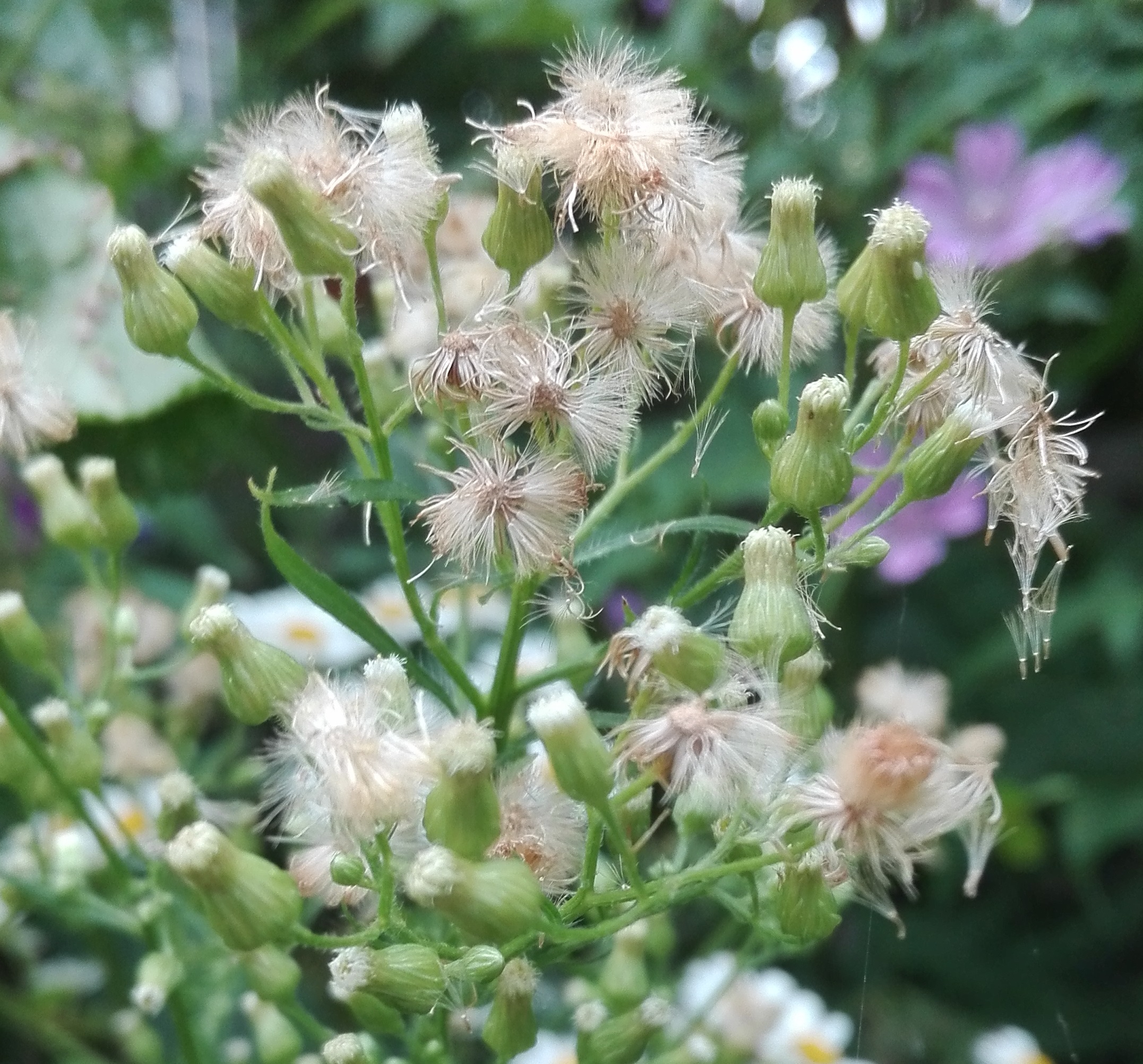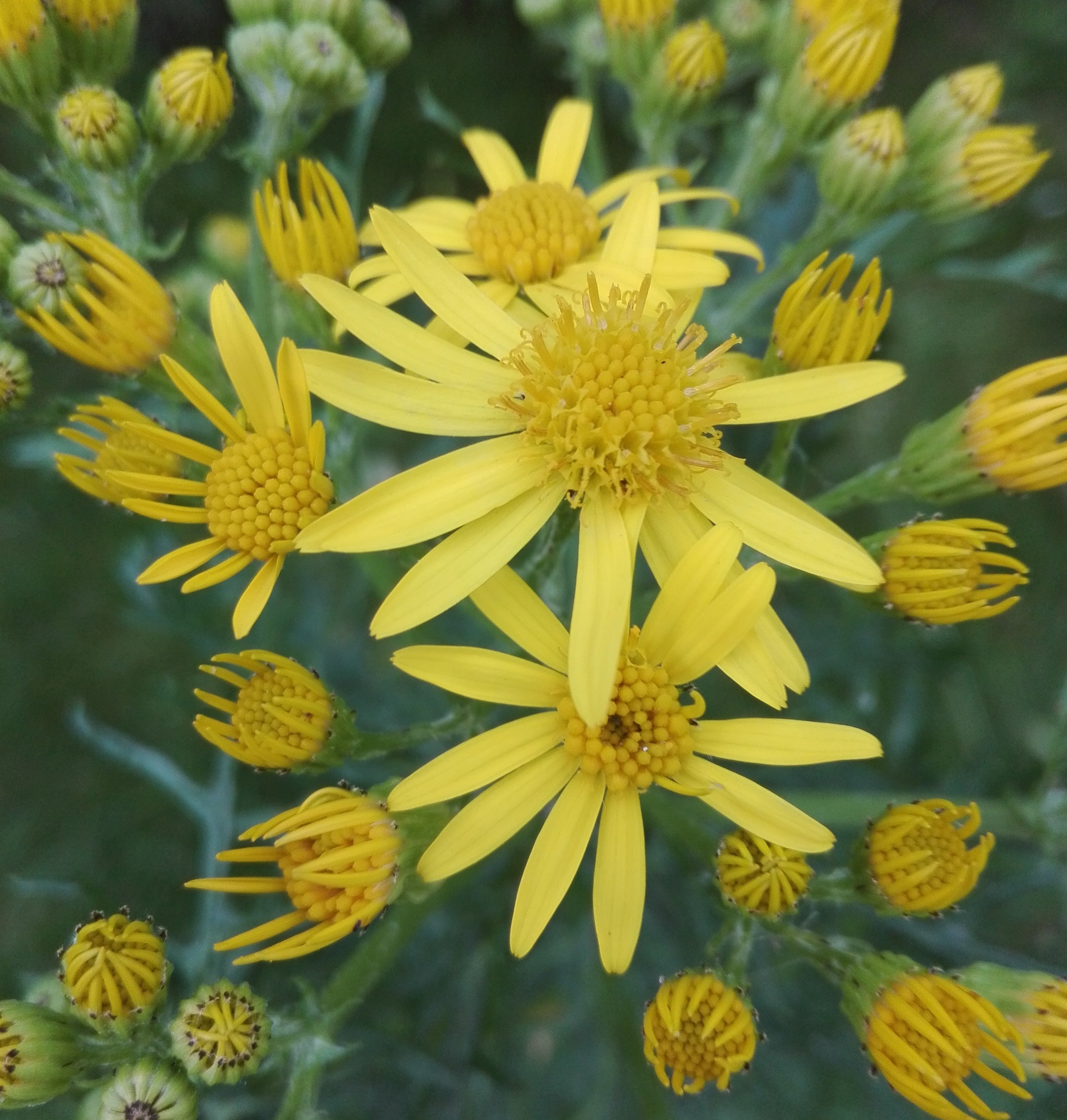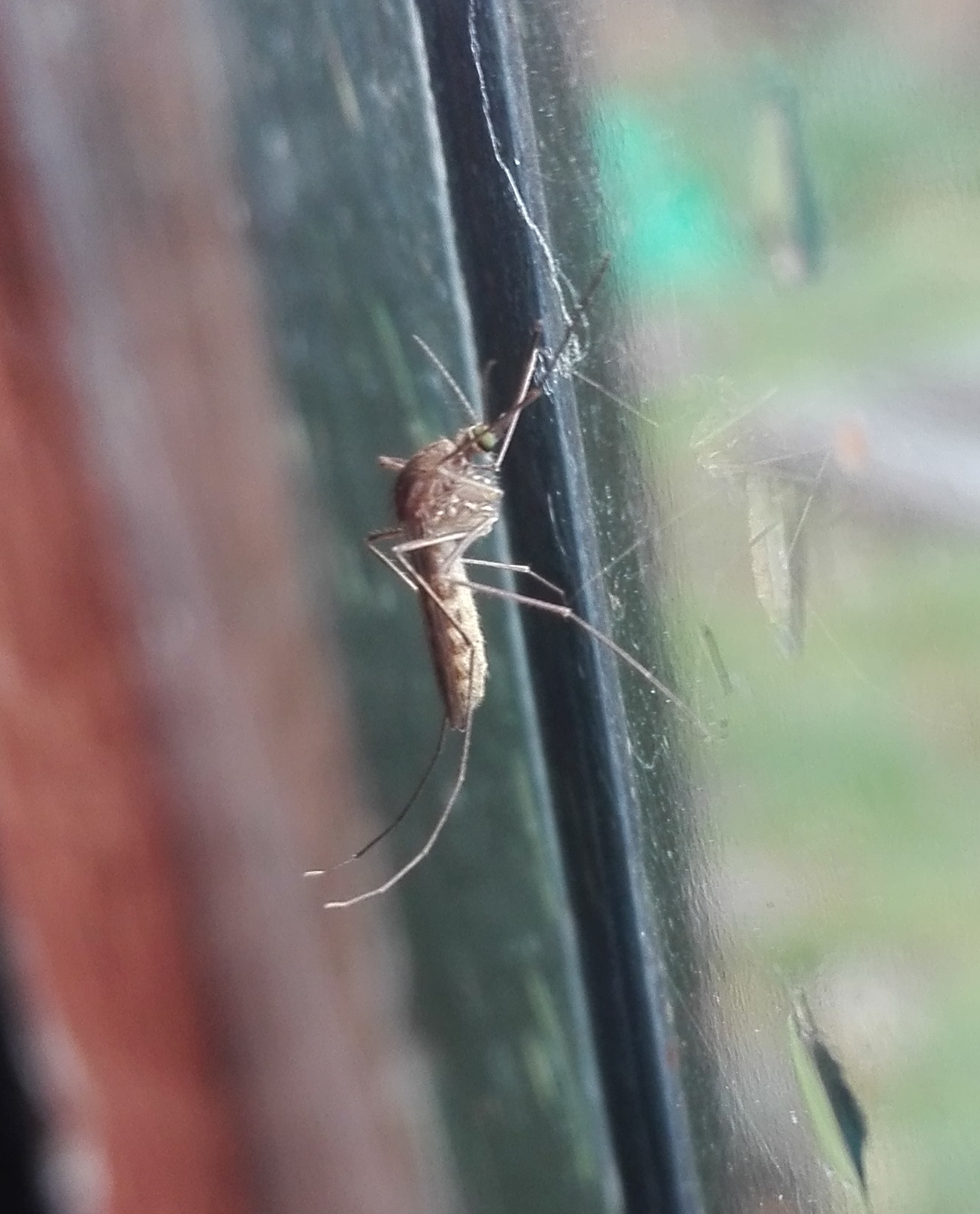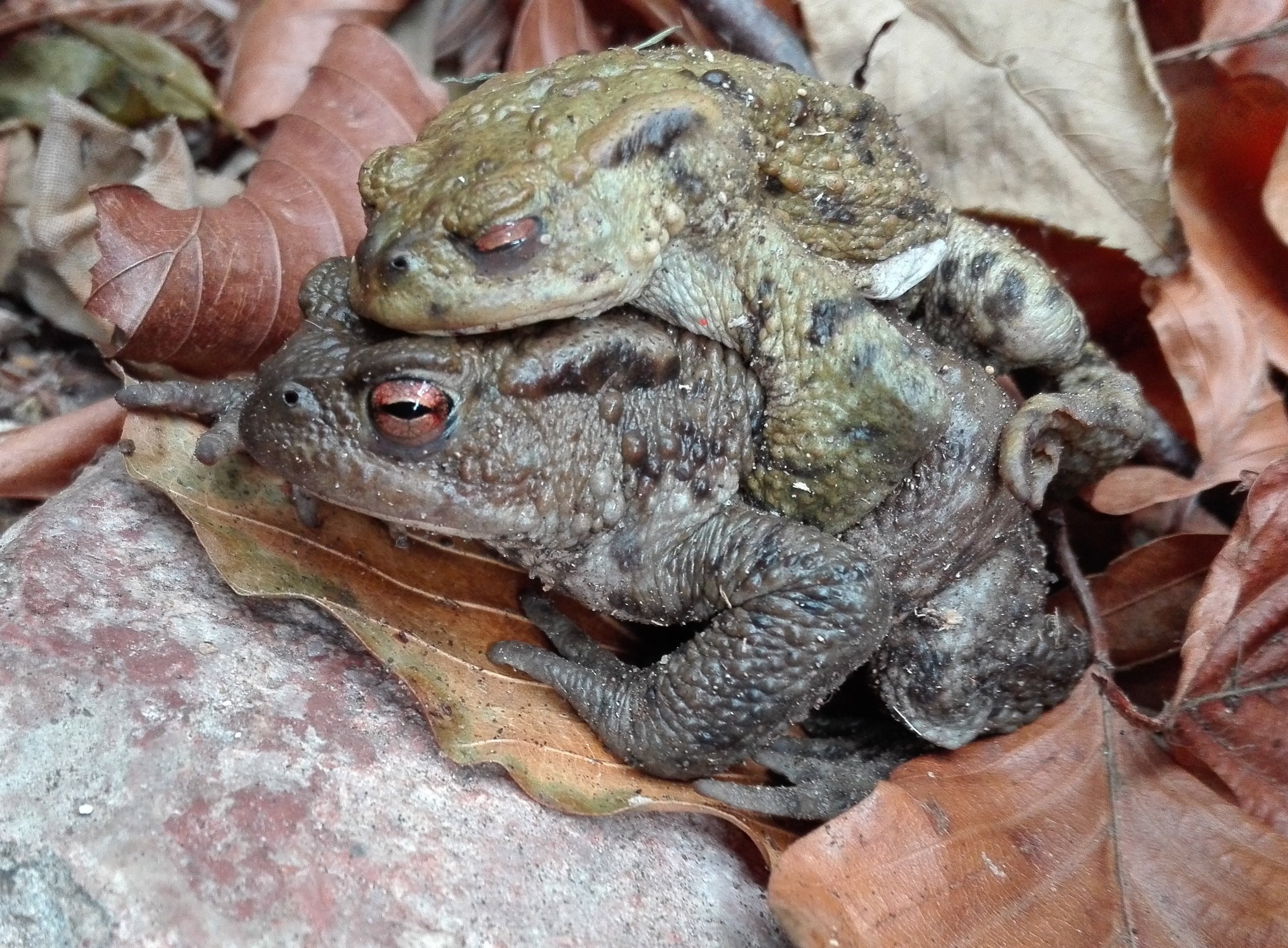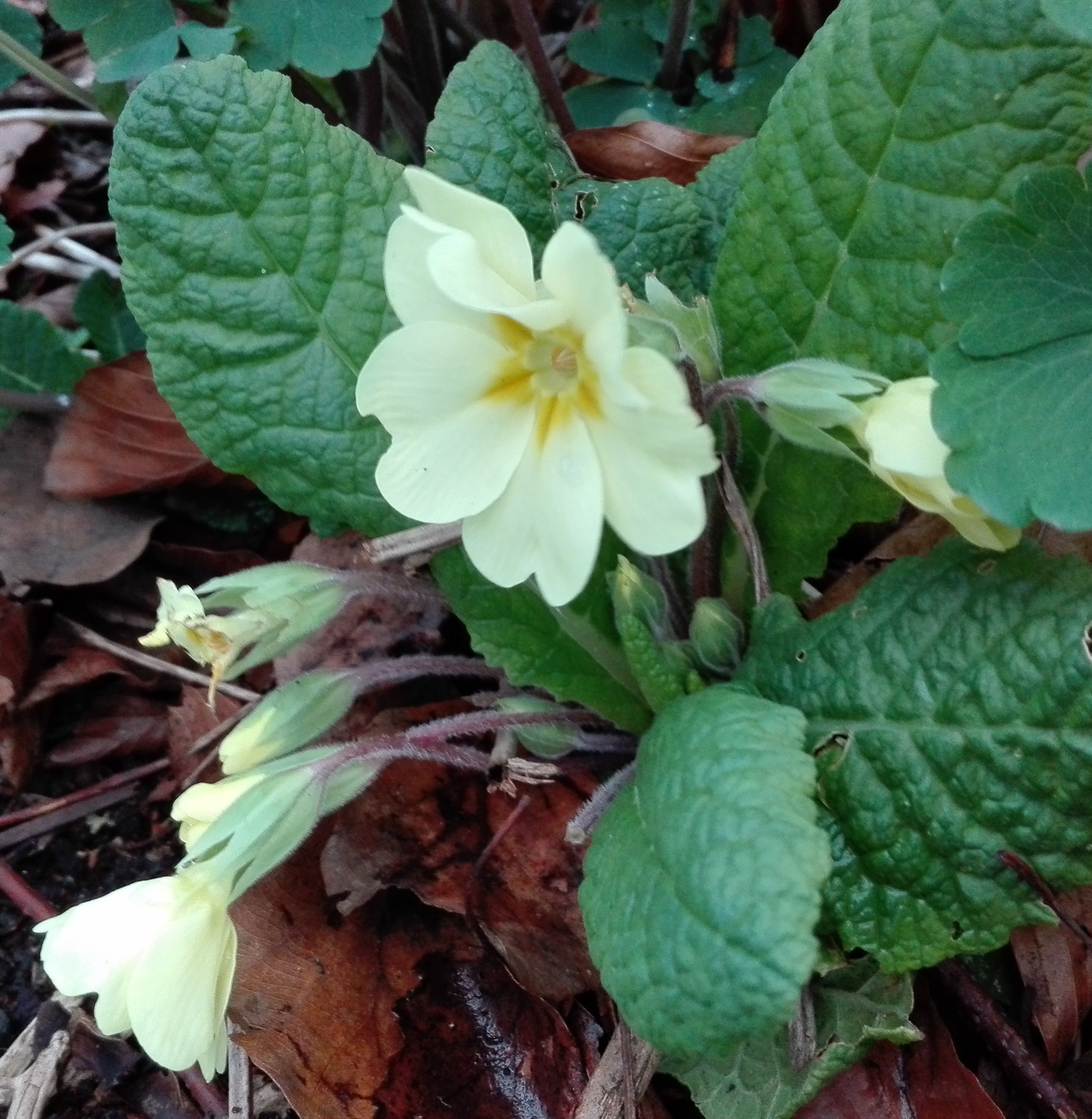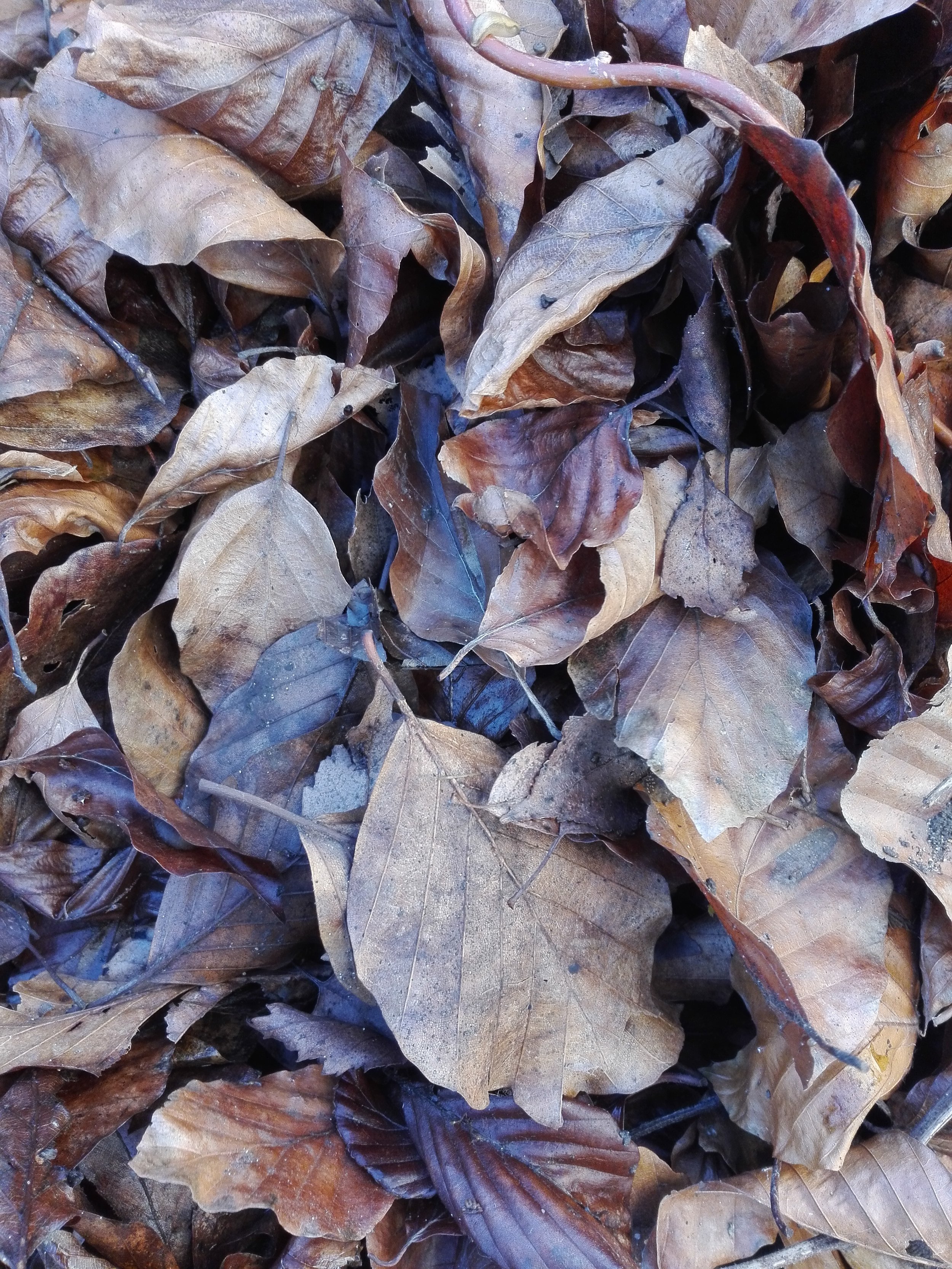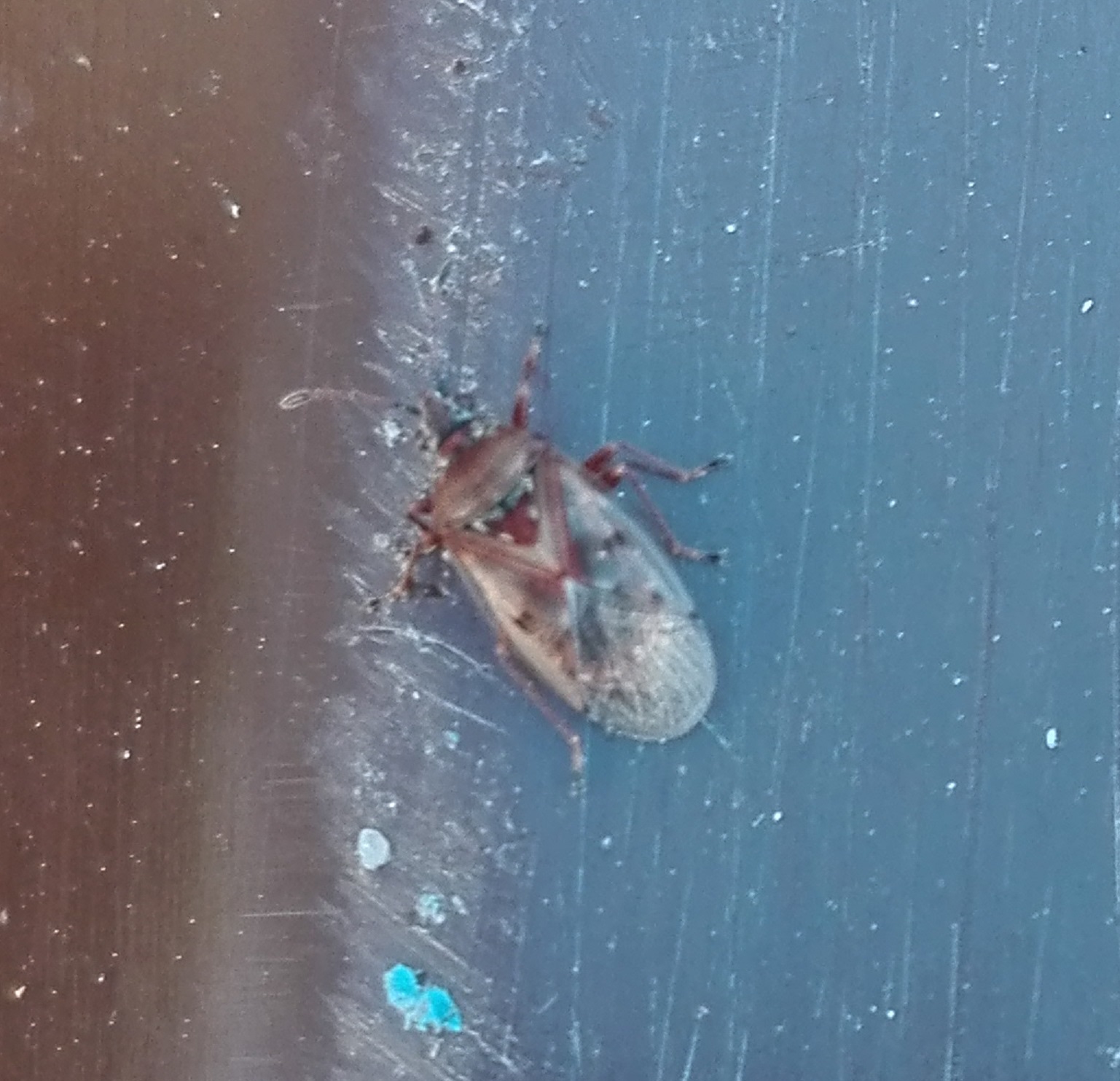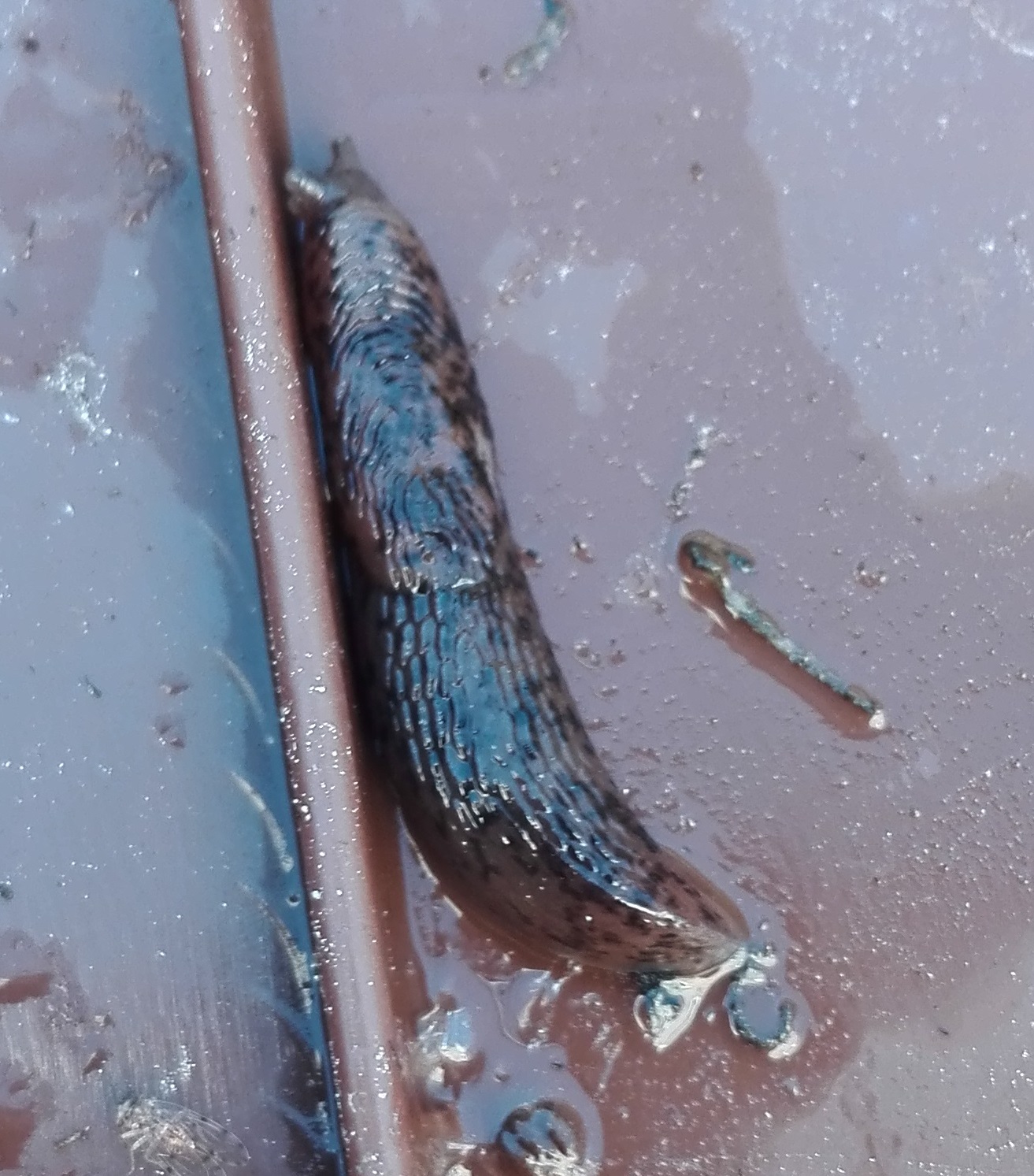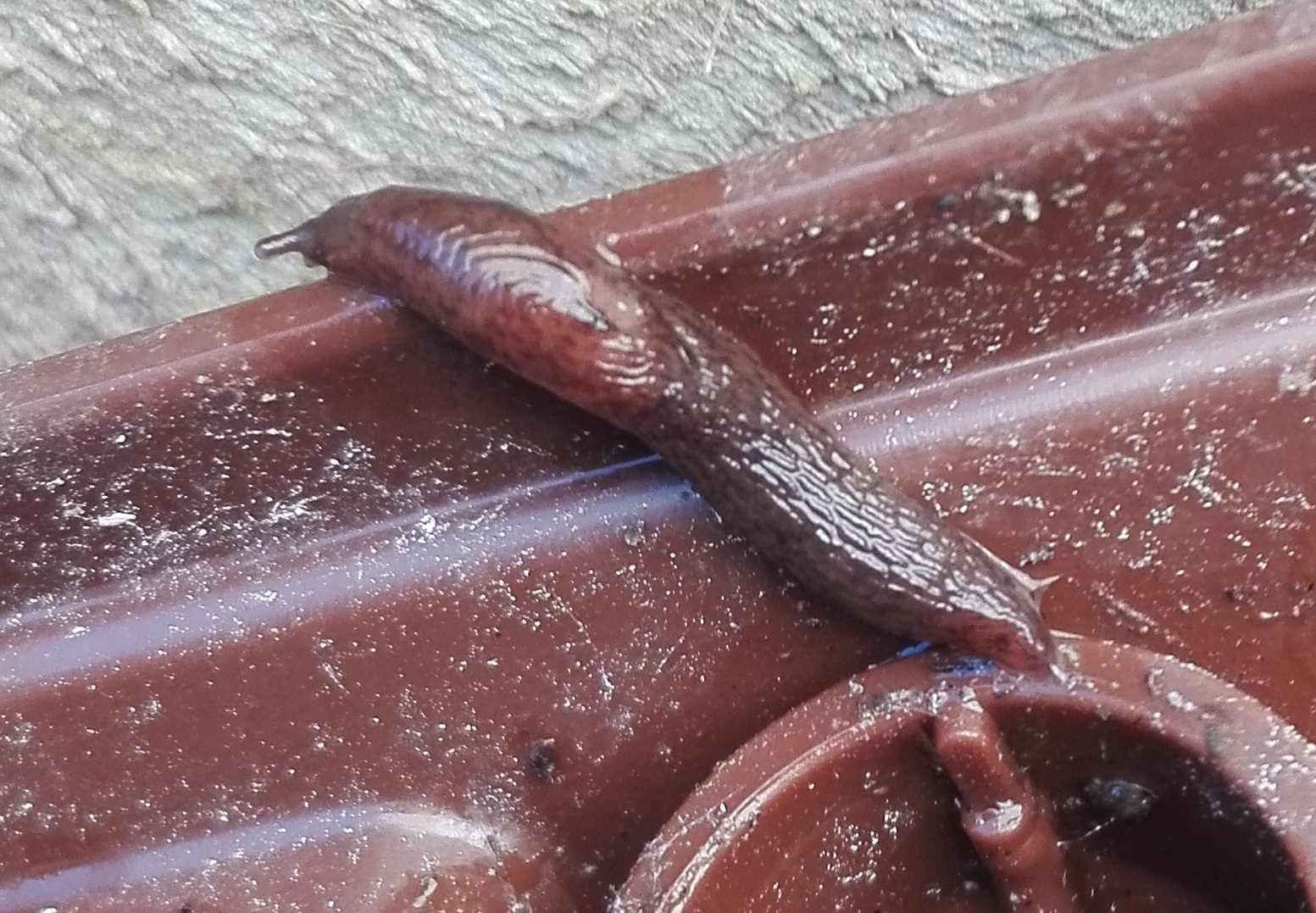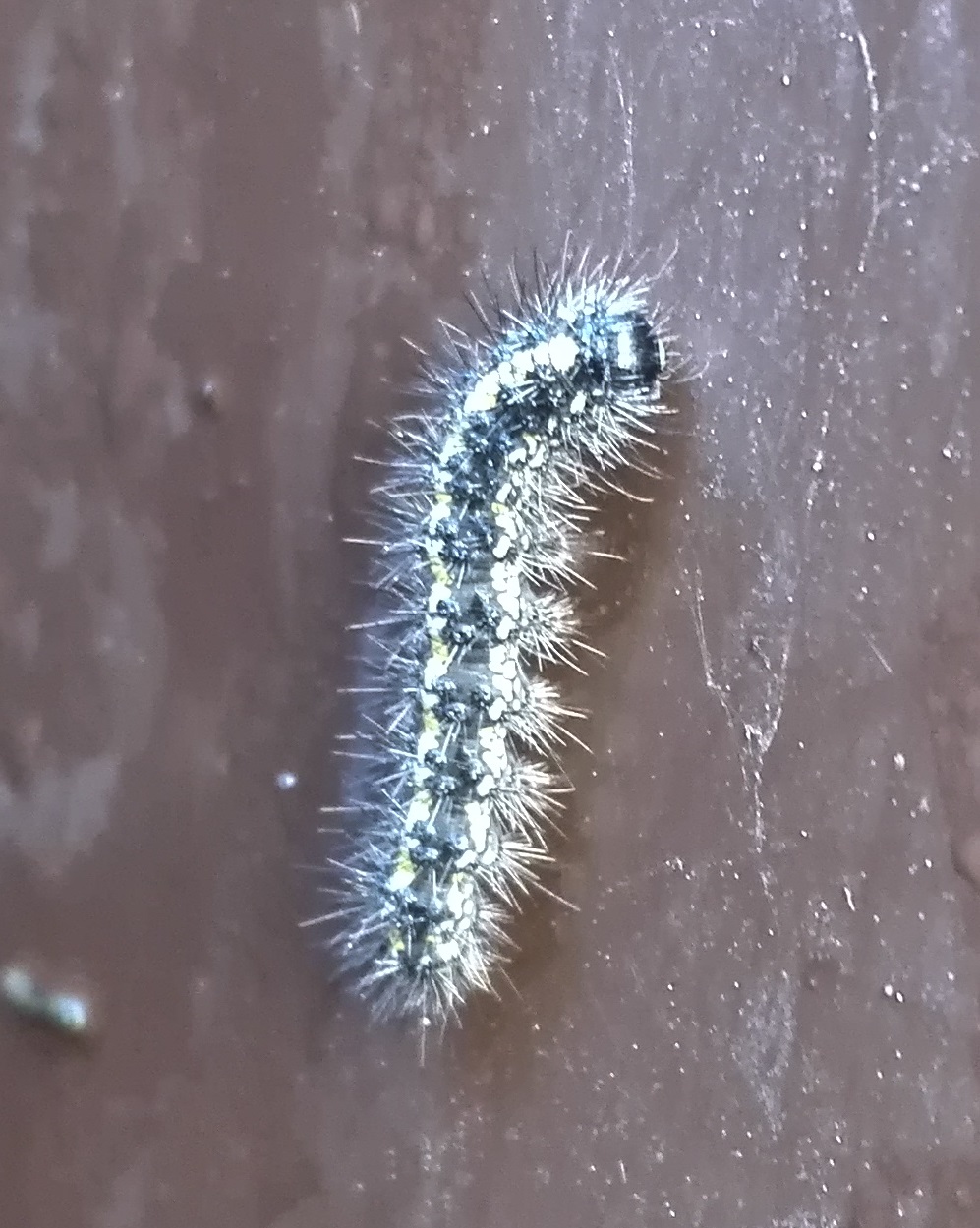Full Grown Weeds
/A nice thing about plants is that, if you don’t mind a few weeds (and I don’t) you can just leave them there and let them grow. Identifying grown plants with flowers is much easier and now after a wait I can add three extra species to the list. Not being that expert at plants, I finally registered and used Plantsnap App to help with identification - I have to say it saves a lot of time looking through my field guide!
Canadian Fleabane is one that I found last year, however then it was just a small impoverished thing growing in cracks in the paving - seeing the full grown plant I didn’t realise it was the same species. Field Pennycress is a new find, coming through the paving just feet from my front door,. The paved front yard is covered in plants and definitely a Pathclear-free zone. According to Wikipedia the Pennycress is a potential biofuel crop, so I suppose like the Fleabane if it gets to grow without the constraint of being stuck between paving slabs and trampled on by everyone, then it must grow to a more impressive height than my specimen!
The Common Ragwort and Spear Thistle have been growing up for weeks, me resisting the urge to pull them out, and are now 3-4 feet tall. It’s taken a good while for them to flower, but now they have and they can stay a little longer. Both plants are common around the village, and I’m hoping can attract some different insects into the garden. Some of the soldier beetles I saw walking up Alderton Hill last weekend isn’t too much to ask, is it?

